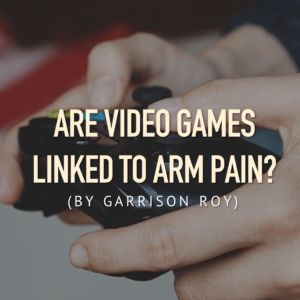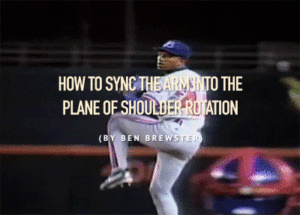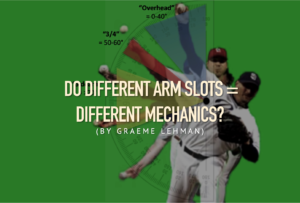
2019 Year In Review
What we got right – and wrong – in 2019, and what advancements in pitching velocity development we have planned for 2020.
The Theory Behind the Yips in Baseball
“The Yips” are a sudden inability to throw the ball accurately. Most view the cause of Ankiel's as unexplainable. Despite many other players being inflicted in the 20 years since, little or nothing has been done to fix the yips in baseball. There still is no known effective treatment and little is understood about how they develop. Often a player inflicted will be stigmatized as mentally weak, ostracized by teammates who do not want to “catch” the yips, and most likely cut from the roster.

Is Playing Video Games Linked to Arm Pain?
Are video games linked to arm pain? At least one new study has suggested that they are. A quick look at this study with some easily applicable guidelines for gamer athletes.

How to Sync the Arm into the Plane of Shoulder Rotation
Efficient pitching mechanics combine and utilize multiple planes of motion, but maximum efficiency won’t be possible if the arm (and ball) don’t find their way into that plane of shoulder rotation from the start and stay there through ball release.

Do Different Arm Slots = Different Mechanics?
Categorizing pitchers based on their arm slot is easy. But is arm slot the only mechanical difference between these types of deliveries?

All About Tempo: Is It A Key To Unlocking Velocity?
Tempo can be a valuable (and easily quantifiable) piece of the high velocity puzzle. But what is tempo? How do we quantify it? How do you compare to the best pitchers in the world? And is a faster/slower tempo always better? Let's discuss.

The Top 10 Do's and Don'ts for Optimal Recovery
While muscle, connective tissue and nervous system recovery take time, this rate of recovery can be improved to a point. That’s what this post is all about – reviewing what works, and what doesn't, when it comes to your recovery.

The “Drift” – How to Shift Your Weight Like a Pro
The drift is a shifting of the center of mass forwards, away from the rubber, preceding the active drive phase of the back leg. Despite being what the majority of high level throwers do to initiate forward motion, this is counter to what traditional pitching teaches with “balance points”.
